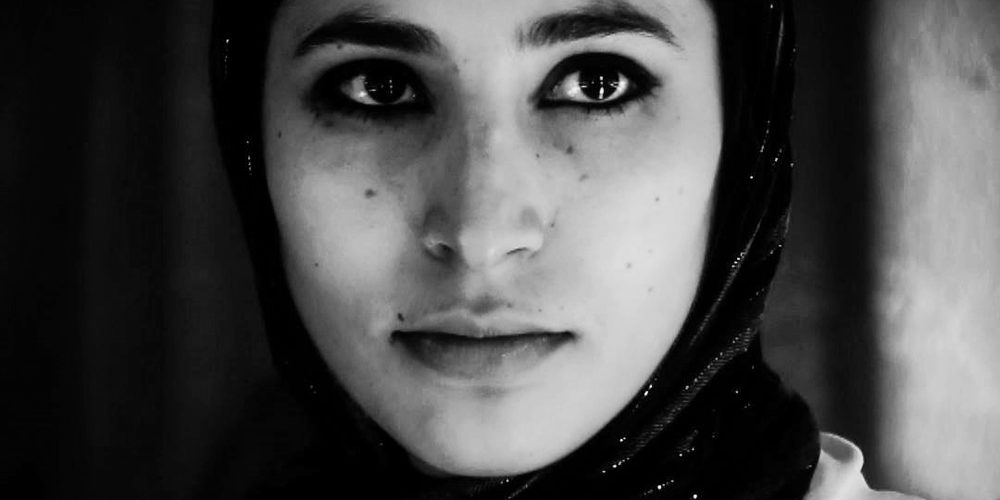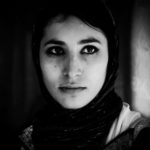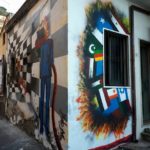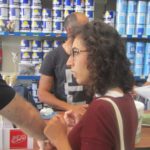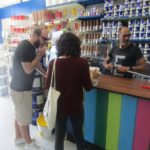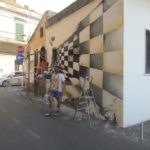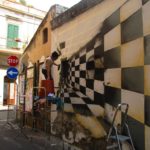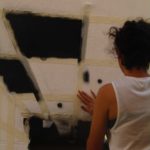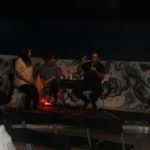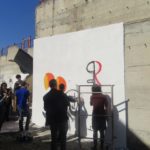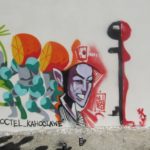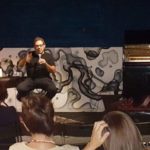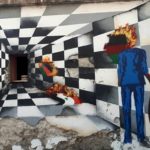MALINA SULIMAN
La street artist afgana Malina Suliman (26 anni) è la prima ad aver impresso il proprio segno distintivo sui muri di Kandahar: donne dal volto scheletrico coperte dal burqua. Attraverso le sue opere denuncia i problemi d’identità delle giovani generazioni, la disuguaglianza e l’oppressione vissuta dalle donne, ribadendo l’importanza di lottare per conquistare i diritti negati. Accompagnata dal cognato, scopre l’arte per la prima volta nella Galleria nazionale di Kabul. Nel 2011 fonda la Kandahar Fine Arts Association ed espone alla prima mostra allestita nel sud dell’Afghanistan, dopo trent’anni di regime talebano. E questo in un Paese dove, fino al 2001, gli artisti erano puniti con la pena di morte e dove tutt’ora sono esposti a rischi e trovano poca accettazione e sostegno. “A quell’esibizione ha partecipato una sola donna”, ricorda. La street art, invece, le consente di comunicare direttamente con la gente. “Le persone sono costrette ad ascoltarti, a vederti. Anche se non sanno né leggere né scrivere”, spiega. Dal 2013 vive in Olanda e lavora al Vanabbe Museum di Eindhowen, dedicato ai rifugiati. A maggio parteciperà alla Biennale d’arte di Venezia 2017, mentre a giugno sarà al Festival Crack, che si terrà a Roma presso il c.s.o.a. Forte Prenestino.
Afghan street artist Malina Suliman (26) is the first to have her own distinctive sign on the walls of Kandahar: skeletal women covered by burqa. Through his works he denounces the problems of identity of younger generations, the inequality and oppression experienced by women, reiterating the importance of struggling to overcome denied rights. Accompanied by her brother-in-law, she finds art for the first time in Kabul’s National Gallery. In 2011 he founded the Kandahar Fine Arts Association and exhibited at the first exhibition held in southern Afghanistan after thirty years of Taliban regime. And this is in a country where, until 2001, artists were punished with death punishment and are still exposed to risks and have little acceptance and support. “There was only one woman in that show,” he remembers. Street art, on the other hand, allows you to communicate directly with people. “People are forced to listen to you, to see you, even if they do not know or read or write,” he explains. From 2013 he lives in Holland and works at the Vanabbe Museum in Eindhowen, dedicated to refugees. In May he will participate at the Biennale d’arte di Venezia 2017, while in June will be at the Crack Festival, to be held in Rome at c.s.o.a. Forte prenestino.

